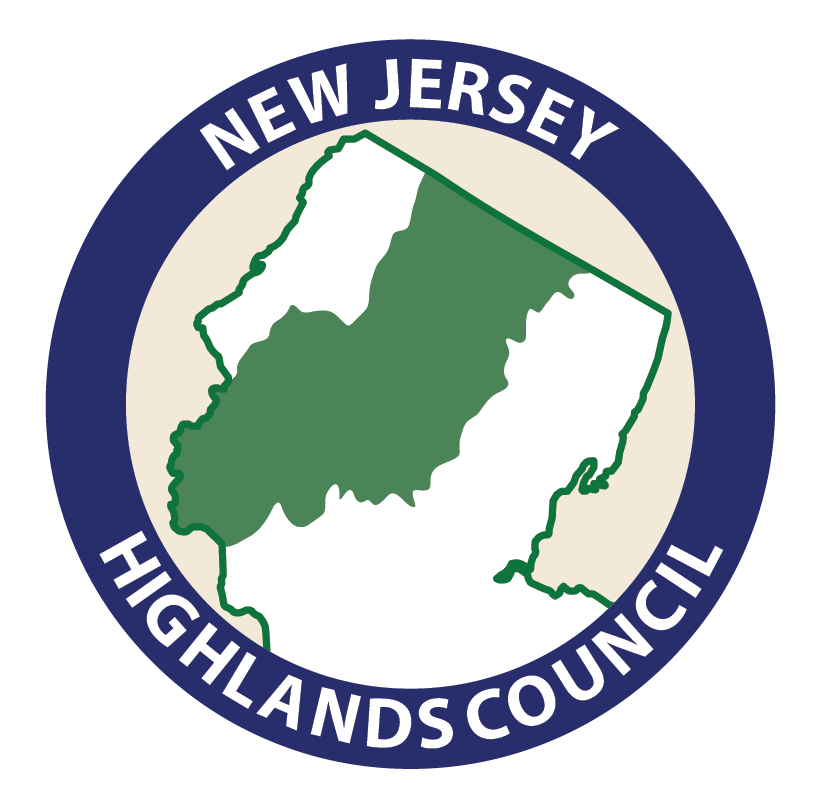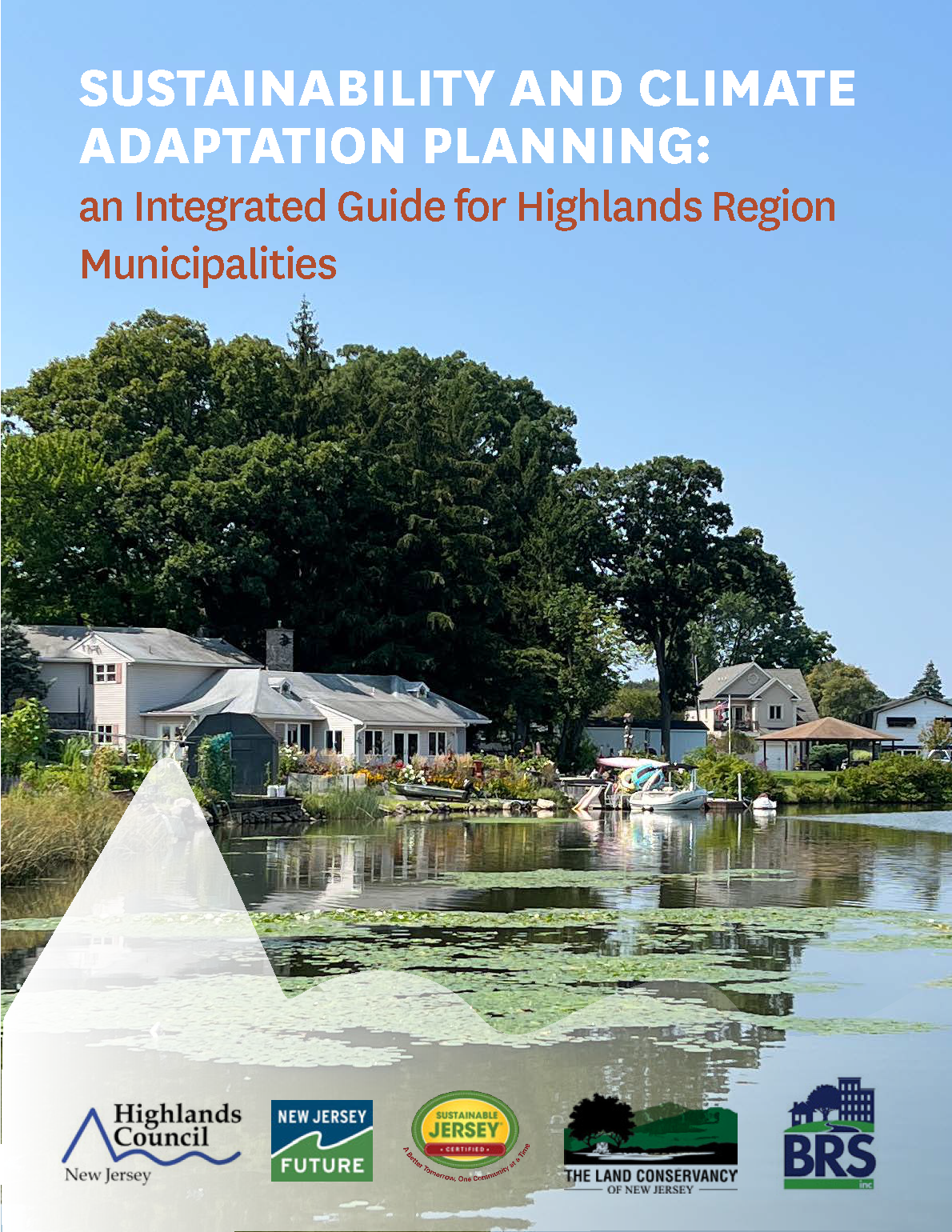
When the Highlands Act was passed in 2004, it wasn't seen as a climate resilience measure. However, as time has passed, the role of the Highlands region in helping New Jersey navigate the challenges of a changing climate has become evident. Managing the Highlands region effectively in the context of climate change has dramatic implications not only for water supply, but also food production, flooding, and forest health. Protection of the Highlands region is a critical component of New Jersey's overall climate resilience strategy. The Highlands Council is a member agency of the New Jersey Interagency Council on Climate Resilience.
The Highlands Council has developed guidance that helps municipalities in the Highlands region incorporate the provision of the Highlands Regional Master Plan (RMP) into their climate change planning.
PLEASE NOTE: Templates for the Land Use Plan Element, Capital Improvement Plan (CIP) and Action Plan referenced in this Guide are available upon request. Please contact the appropriate Highlands Council staff liaison for assistance.
While much of the attention regarding the effects of climate change is focused on New Jersey’s coastal areas, the implications of a changing climate in the Highlands region present a consequential set of challenges for the state at-large and highlight the importance of protecting the Highlands. The resources of the Highlands region are perhaps the best assets the state has for addressing the effects of a rapidly changing climate.
Water. At the most basic level, the Highlands must continue to supply plentiful clean drinking water to over 7 million people regardless of whether the state is in a period of abundant rainfall or drought. Climate change will affect the availability and quality of water resources from the Highlands. Resilience in the face of increasingly erratic precipitation cycles is a major concern. Increased evaporation rates combined with altered precipitation patterns may lead to changes in streamflow, reduced groundwater recharge, and potential water scarcity. There will be significant repercussions both inside and outside of the region if we fail to take appropriate measures to anticipate and address these conditions.
Agriculture. Beyond the threats to drinking water supply, climate change can pose challenges for agriculture in the Highlands. Shifts in temperature and precipitation patterns will impact crop yields, alter growing seasons, and increase susceptibility to pests and diseases. Farmers may need to adapt practices and consider different crop varieties to maintain productivity. This is important because food production capacity in a location that is within a two-hour drive of over 20 million people will become increasingly important, particularly if a changing climate makes growing food crops difficult or impossible in places like California’s Central Valley or Florida.
Forests and Wetlands. The forests and wetlands of the Highlands have an important function in the retention and gradual release of flood waters that will likely result from increased extreme precipitation events. Additionally, the region’s forests will help to mitigate the impacts of increasing temperatures and extreme heat events. Forest and wetland health will be threatened by climate change as warming brings species migration along with pests and diseases. Increased temperatures and periodic drought conditions will increase the threats of wildfire. Degraded forests will not be able to provide the eco-system services that are integral to the mission of the Highlands Council and vital to the state.
From the basic mission of ensuring a reliable and adequate supply of clean drinking water for the state’s residents to the emerging role of the region’s agricultural industry in ensuring there is food production capacity in proximity to the state’s large population centers, the Highlands has a pivotal role in mitigation of and adaptation to the impacts of climate change. Highlands municipal officials, county officials, nongovernmental organizations, advocacy groups and residents must work in partnership with the Highlands Council to anticipate and address these factors before they become a critical issue.
As monitoring climate conditions becomes increasingly important, augmenting available data for the region is a priority for the Highlands Council. In 2024, the Highlands Council provided funding for the installation of a new weather station in Chester, filling a data gap in the western half of Morris County.
The Chester site is part of a network of 68 weather stations across New Jersey that relay data to the National Weather Service. The advanced station measures eight meteorological variables, including temperature, humidity, precipitation, and wind speed, broadcasting updates every five minutes to a statewide network managed by Rutgers University.
 Official Site of The State of New Jersey
Official Site of The State of New Jersey
